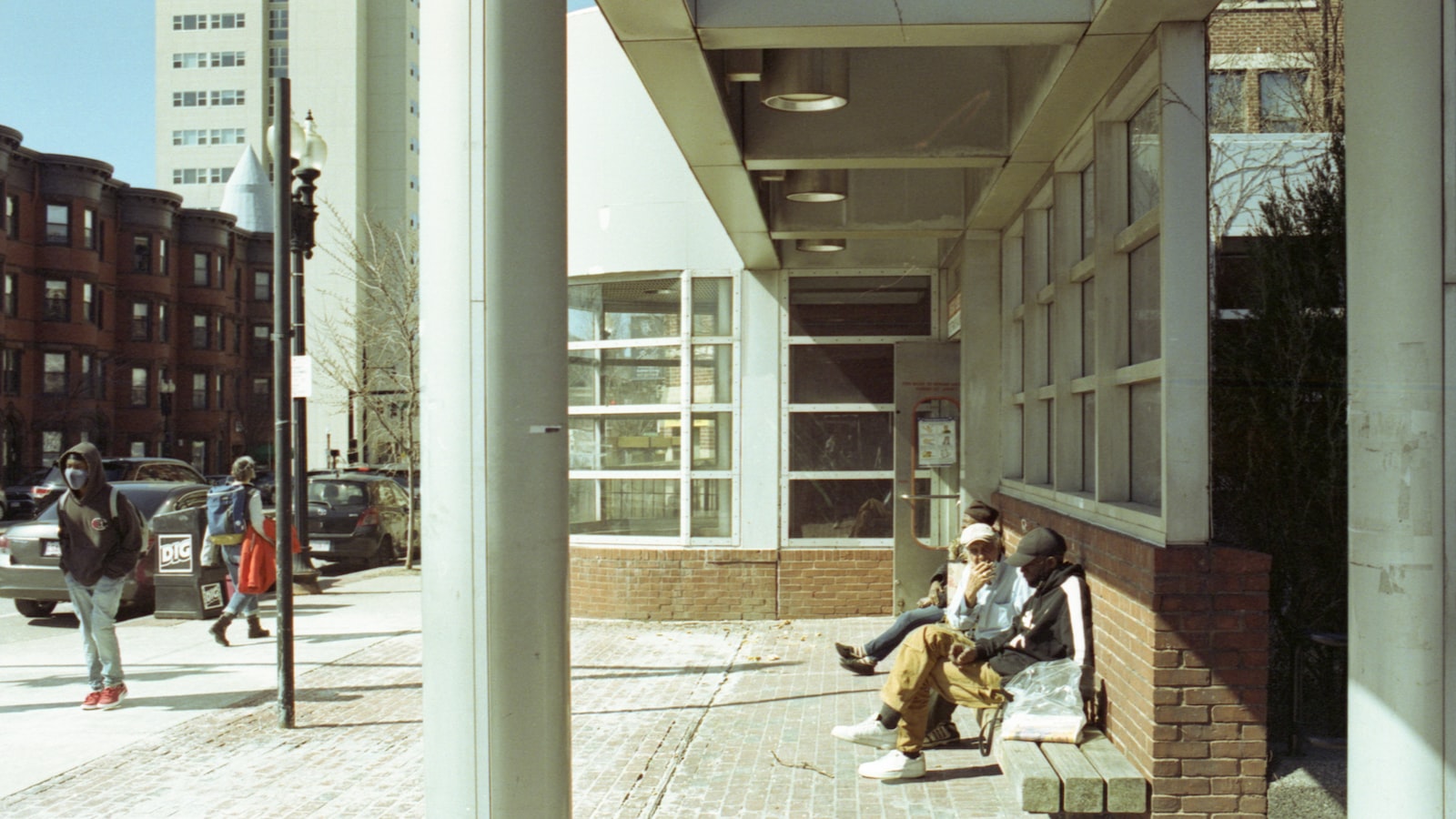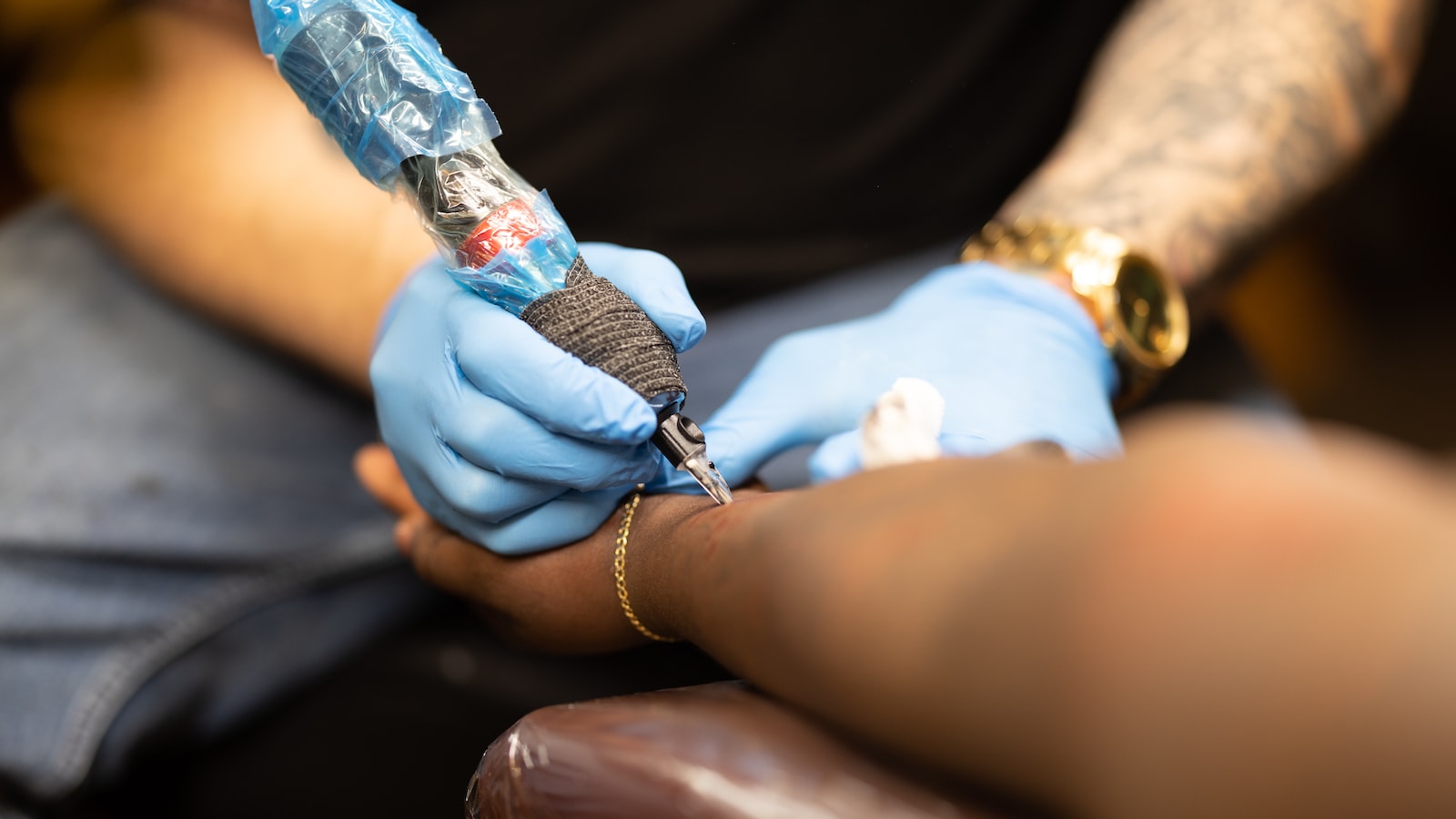In the glorious realm of flora, where nature’s vibrant colors intertwine, one flower stands out with its golden hues and striking ebony center. Ah, the magnificent black-eyed Susan, with its cheerful demeanor and undeniable charm. However, as garden enthusiasts and green thumbs diligently tend to their precious flowerbeds, a lingering question often arises: can these beloved beauties be transplanted? As we embark on a whimsical exploration of horticultural possibilities, we shall dive into the world of black-eyed Susans and uncover the secrets that dwell within their delicate roots. Join us on this green-fingered journey as we unveil the answers to the bewitching question: can you transplant black-eyed Susans?
1. The Transplanting Process: A Guide to Successfully Transplanting Black-Eyed Susans
Black-eyed susans, with their vibrant yellow petals and dark centers, are a delightful addition to any garden or landscape. If you’ve ever wondered whether you can transplant these cheerful flowers, the answer is yes! Transplanting black-eyed susans is not only possible but can also be a rewarding and successful venture. To ensure a smooth and prosperous transplantation process, follow this handy guide that covers all the essential steps.
Firstly, choose the ideal time to transplant your black-eyed susans. Wait until the spring or early fall when the weather is cool and the plants are not undergoing active growth. This will minimize the shock to the plants and increase their chances of survival.
| Features | Tips |
|---|---|
| Location & Preparation | Select a new spot with well-draining soil and full sun exposure for optimal growth. Make sure to prepare the new area by removing any existing weeds or grass roots. |
| Watering | Provide adequate water to newly transplanted black-eyed susans. Keep the soil evenly moist, but be cautious not to over-water as it can lead to root rot. |
| Maintenance & Care | Continue to provide regular care, including weeding, mulching, and appropriate fertilization, to help your transplanted black-eyed susans thrive in their new home. |

2. Choosing the Right Time and Location: Factors to Consider for Successful Black-Eyed Susan Transplantation
When it comes to transplanting black-eyed susans, timing and location play crucial roles in ensuring a successful transplantation process. These vibrant yellow flowers, with their dark centers, add a cheerful touch to any garden or landscape. To help you achieve the best results, here are some factors you should consider:
Optimal Time:
- Spring: The ideal time to transplant black-eyed susans is in early spring when the soil has started to warm up but before the peak growing season. This allows the plants to establish their root systems before facing the full heat of summer.
- Cloudy Days: Choose a day when the sun is not scorching to minimize stress on the transplanted flowers. Overcast or lightly raining days are preferable.
Appropriate Location:
- Full Sun: Black-eyed susans thrive in full sun, so make sure you choose a location that receives at least 6 hours of direct sunlight daily.
- Well-Drained Soil: These resilient flowers prefer well-draining soil to avoid waterlogged roots, which can lead to rot or disease. Ensure proper soil drainage by adding compost or organic matter to enhance the soil’s structure.
- Spacing: Black-eyed susans are known to spread, so provide ample space between each plant – approximately 12 to 18 inches apart – to allow for optimal airflow and healthy growth.
| Features | Tips |
|---|---|
| Soil Moisture | Ensure the soil is slightly moist before transplantation, as this facilitates ease of removal and less root shock. |
| Plant Support | Stake taller black-eyed susans for stability, especially if they are exposed to strong winds or heavy rainfall. |
| Mulching | Apply a layer of organic mulch around the transplanted flowers to retain soil moisture and control weed growth. |

3. Transplanting Techniques: Tips and Best Practices for Transferring Black-Eyed Susans
Transplanting Black-Eyed Susans can be a wonderful way to add vibrant color and texture to your garden. These beautiful perennials are known for their cheerful yellow flowers with the iconic dark brown center, making them a favorite among garden enthusiasts. If you are wondering whether you can transplant these stunning flowers, the answer is a resounding yes! However, it is essential to follow some best practices to ensure the successful transfer of Black-Eyed Susans.
Firstly, it is crucial to choose the right time for transplanting. Early spring or early fall are the ideal seasons to transplant Black-Eyed Susans, as the weather is mild and more conducive to root establishment. Before starting the transplanting process, make sure to prepare the soil by adding compost or organic matter to improve drainage and fertility.
| Features | Tips |
|---|---|
| Ample sunlight | Choose a location that receives at least six hours of direct sunlight per day. |
| Well-drained soil | Ensure the soil has good drainage to prevent waterlogging which can harm the roots. |
| Regular watering | Water the transplanted Black-Eyed Susans regularly for the first few weeks to help them establish roots. |

4. Aftercare and Maintenance: Ensuring Healthy Growth and Blooming After Transplanting Black-Eyed Susans
<p>So, you've decided to transplant your beloved black-eyed susans to a new spot in your garden or perhaps share them with a friend. Well, good news! Transplanting black-eyed susans is definitely possible, and with a little care and attention, you can ensure their healthy growth and stunning blooming in their new home.</p>
<p>After the transplant, it's crucial to provide your black-eyed susans with the right aftercare and maintenance routine. Here are a few tips to help you guarantee their success:</p>
<table>
<tr>
<th>Features</th>
<th>Tips</th>
</tr>
<tr>
<td>1. Soil and Watering</td>
<td>Ensure well-draining soil and water regularly to keep the soil slightly moist, but not waterlogged.</td>
</tr>
<tr>
<td>2. Sun Exposure</td>
<td>Black-eyed susans love the sun! Make sure they receive at least six hours of direct sunlight each day.</td>
</tr>
<tr>
<td>3. Fertilizer</td>
<td>Apply a <a href="https://up-gardening.com/can-you-transplant-a-butterfly-bush/" title="Can You Transplant a Butterfly Bush">balanced slow-release fertilizer</a> during spring to promote healthy growth and abundant blooming.</td>
</tr>
</table>Frequently Asked Questions
Q: Can you transplant black-eyed susans and give them a fresh new home?
A: Absolutely! Black-eyed susans are quite resilient and can be successfully transplanted to a new spot with a little care and attention.
Q: How do you go about relocating these vibrant yellow beauties?
A: Well, first you need to choose a new sunny location that offers well-draining soil for your black-eyed susans. Dig a hole twice the size of the plant’s root ball and gently remove the flowers from their current spot, making sure to keep the root system intact. Then, place them in the prepared hole, backfill with soil, and water thoroughly.
Q: Any tips to ensure a successful transplantation and future growth?
A: Certainly! Remember to transplant black-eyed susans during a cooler period, like early spring or fall, to minimize stress. Prior to the move, make sure the flowers are watered well to avoid dehydration. After planting, water them regularly until they establish themselves in their new surroundings. Also, consider adding a layer of organic mulch to help retain moisture and suppress weed growth. Don’t forget to give them ample space to spread their charming blooms, and soon you’ll have a thriving black-eyed susan garden. As our journey through the transplantation mysteries of nature comes to an end, we find ourselves bidding farewell to the enchanting world of black-eyed susans. These resilient beauties, with their golden petals and dark, alluring centers, have mesmerized us with their allure and sparked our curiosity.
While unearthing the secrets behind transplanting these vibrant flowers, we have unearthed so much more. We have delved into the depths of their hidden strength, the intricate dance they perform with the sun, and the symbiotic relationships they form with their surroundings.
From their humble beginnings as tiny seeds nestled in the Earth’s embrace, to their blooming glory, black-eyed susans have shown us the power of adaptation, thriving in a variety of landscapes. They have taught us that change can be painted in hues of gold, and growth is just a matter of finding the perfect place to call home.
Whether you embark on a grand adventure to relocate these stunning perennials, or simply admire them as they whisper secrets to the wind, black-eyed susans will forever hold a special place in our hearts. Through our knowledge, we have unraveled the intricate tapestry that weaves these flowers into the great web of interconnected life.
As we draw the curtain on this botanical exploration, let us carry the brilliance of black-eyed susans with us, reminding ourselves that beauty can thrive in the most unexpected corners of existence. So, dear reader, walk a little taller, smile a little brighter, and let the spirit of these resilient flowers accompany you on your own journey of growth and transformation.
- When to Put Weed and Feed on Lawn in Michigan - October 16, 2023
- When to Fertilize Potatoes Plants - October 16, 2023
- Can You Plant Clover in the Spring - October 16, 2023
Contents
- 1 1. The Transplanting Process: A Guide to Successfully Transplanting Black-Eyed Susans
- 2 2. Choosing the Right Time and Location: Factors to Consider for Successful Black-Eyed Susan Transplantation
- 3 3. Transplanting Techniques: Tips and Best Practices for Transferring Black-Eyed Susans
- 4 4. Aftercare and Maintenance: Ensuring Healthy Growth and Blooming After Transplanting Black-Eyed Susans
- 5 Frequently Asked Questions

